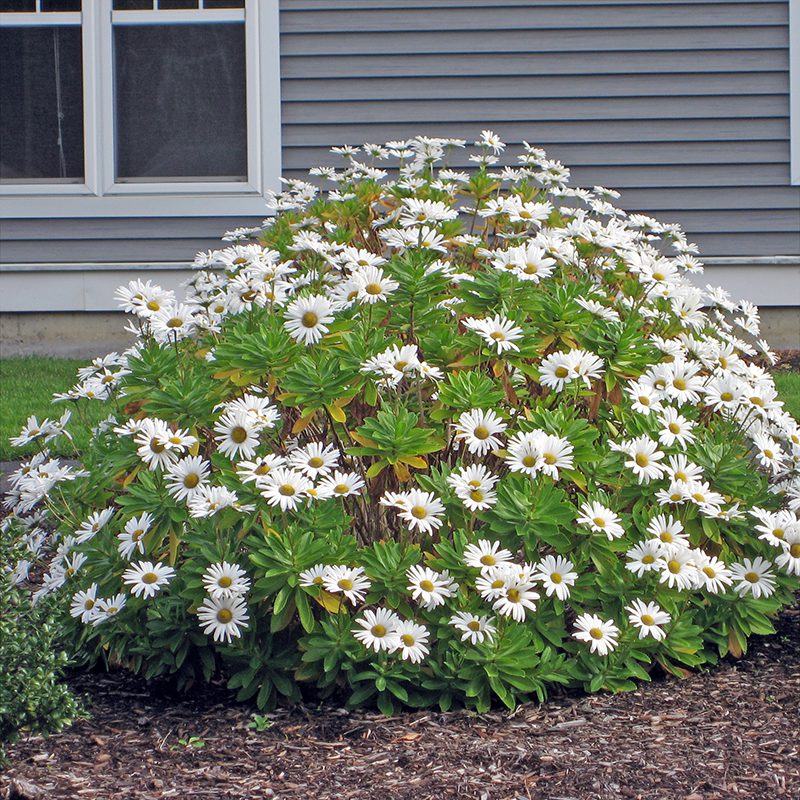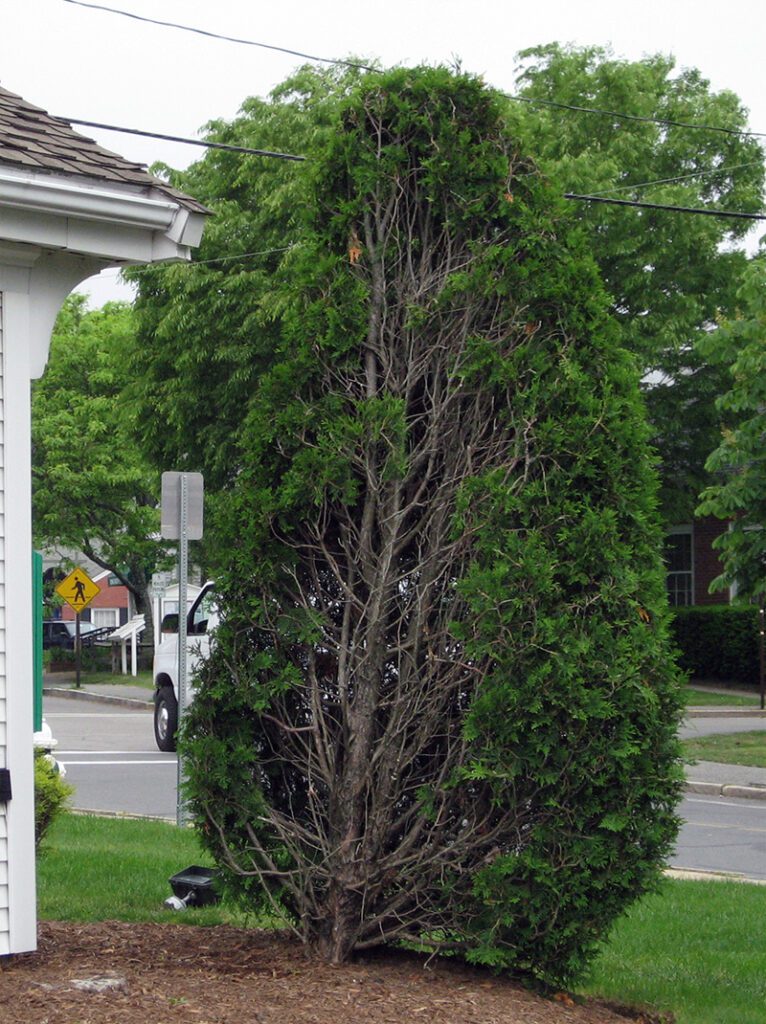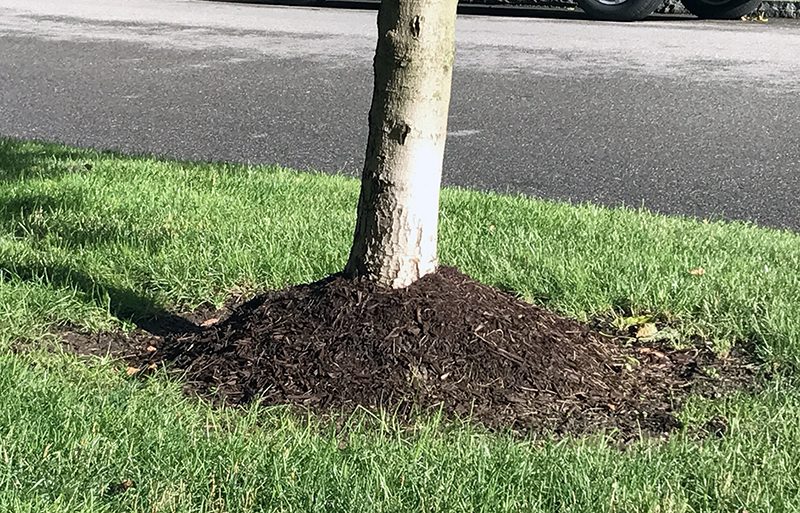Questions from Pruning Seminar
Questions from Pruning Seminar
We rain out of time to address all of the questions typed in chat during the Pruning Demystified seminar, so here are the ones that there wasn’t time to address.
Q. When do you prune Montauk daisies?
A. These plants, also called Nippon daisies, should be treated like a shrub. Leave as is all winter, then in the spring cut off any tips or stems that have died back. That’s all you do. You may hear that they should be cut back again in late June or early July, but this delays their flowering by two weeks or more, and makes them more top-heavy and prone to flopping. These plants do best when on a lean diet, well drained soil, full sun and minimal irrigation.

Q. Is it okay to move oak leaf Hydrangeas in the fall?
A. You can move most deciduous shrubs now. Ideally, I’d do it by the end of October so that the soil is still warm enough to promote root growth. For oak leaf Hydrangeas, the flowering will be affected for next year but that’s not so important. Move now without cutting them back, then next spring when they break dormancy cut off any stems that died back. Prune the following year right after they flower.
Q. With trees, do you prune growth if branches are growing at the bottom foot or so of the tree?
A. This is mostly a functional, aesthetic decision. Low tree branches can get in the way of mowing, for example, so if there is lawn around the tree you might want to prune off lower branches to accommodate the care of the turf. In terms of looks, if you like to see less of the trunk and more foliage, by all means leave those lower limbs in place. If you want to see more of the trunk, remove those lower branches by cutting them off about 3/4 of an inch from the trunk. In general, we never remove more than 1/4 of the tree’s total mass at one time, so cut some and then stand back and assess the look before you go further.
Q. Why do arborvitae often have brown patches in random spots? Is this because there’s not enough water?
A. There is no one answer to this question because several things can cause browning patches on thes plants. Yes, drought can cause these plants to shed foliage, but so can winter damage. Arborvitae needle blight, caused by two different fungi, can cause browning. There are a few other fungal diseases that these plants can get as well. Most diseases are more common on plants that are already stressed by situations such as prolonged drought. Dog urine can cause browning on the lower part of trees, and physical injury that breaks branches will result in those areas dying back. If you have dead areas on an arborvitae, clip them out. These plants don’t usually respond by putting out new growth from the inner stems, but removing what’s dead will help you monitor if the situation is continuing.

Q. Do you recommend mulching hydrangeas? Are there any plants that you shouldn’t mulch?
A. Mulch is useful around plants for several reasons. A light layer (one to two inches) prevents most weed seeds from germinating, helps keep moisture in the soil, and amends the soil from the top down just as nature does it. Since soil improvement is an important reason to mulch, you don’t want to use landscape fabric underneath as that prevents the organic matter from decomposing into the soil. Since Hydrangeas like moist soil, mulch is especially useful around those plants.
That said, don’t spread mulch any thicker than an inch or two. More is not better. Don’t push mulch against the stems of plants, especially perennials…allow an inch or more of breathing room around the base of the plants.
The only reason not to mulch is if you have many plants that are self-seeders, such as annual poppies, foxglove or Verbena bonariensis. Those seeds usually need light to trigger their germination and mulch would prevent that.

Subscribe To Our Newsletter
Sign up for our weekly email about sales and events.
